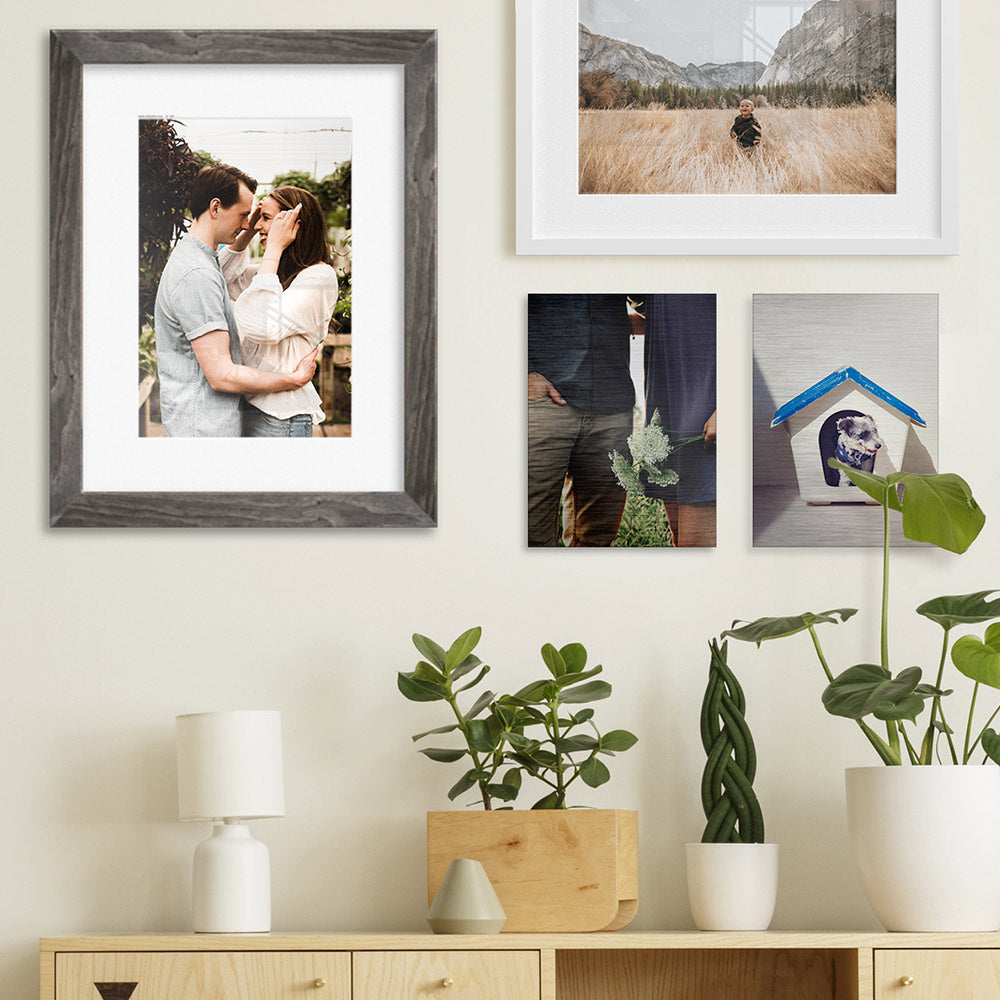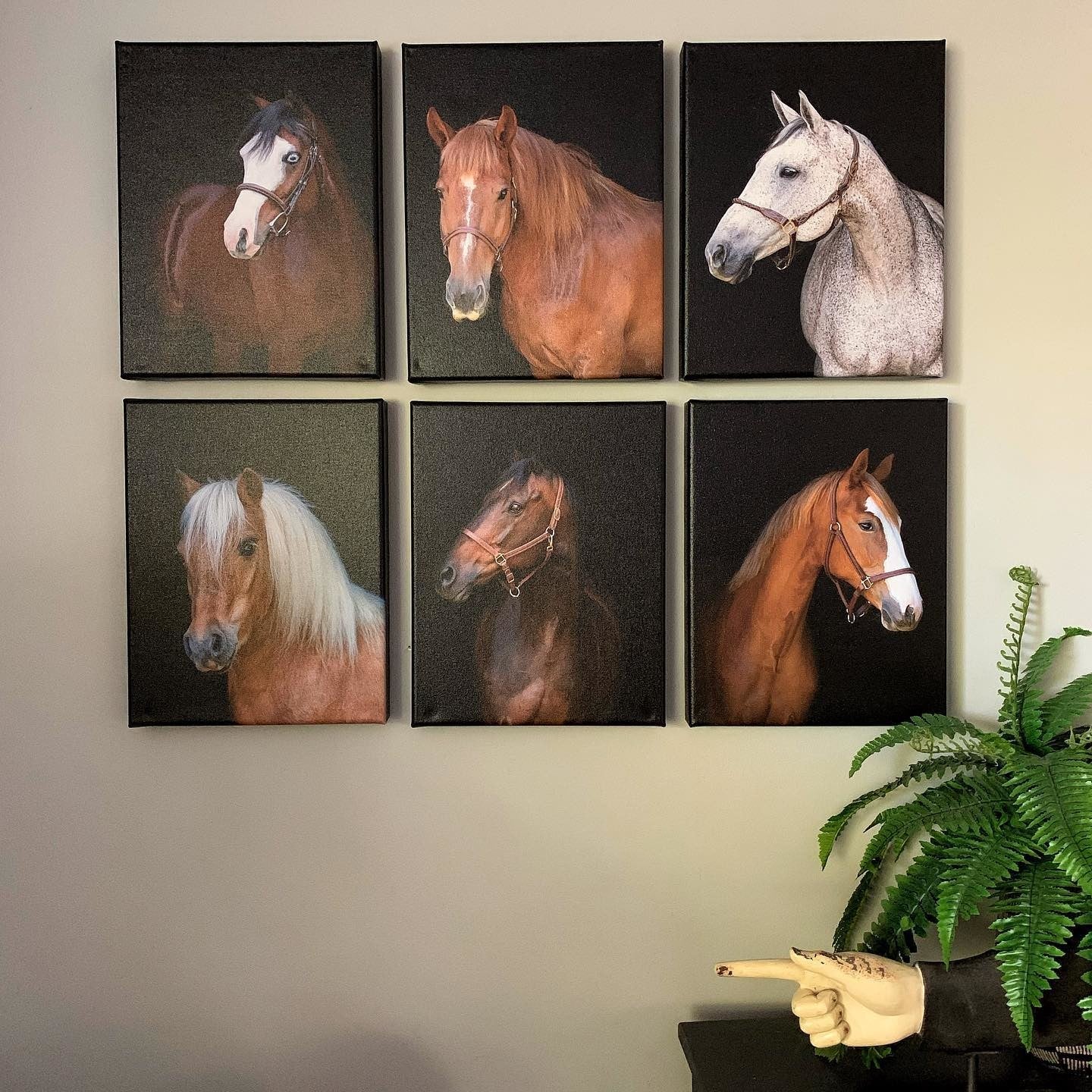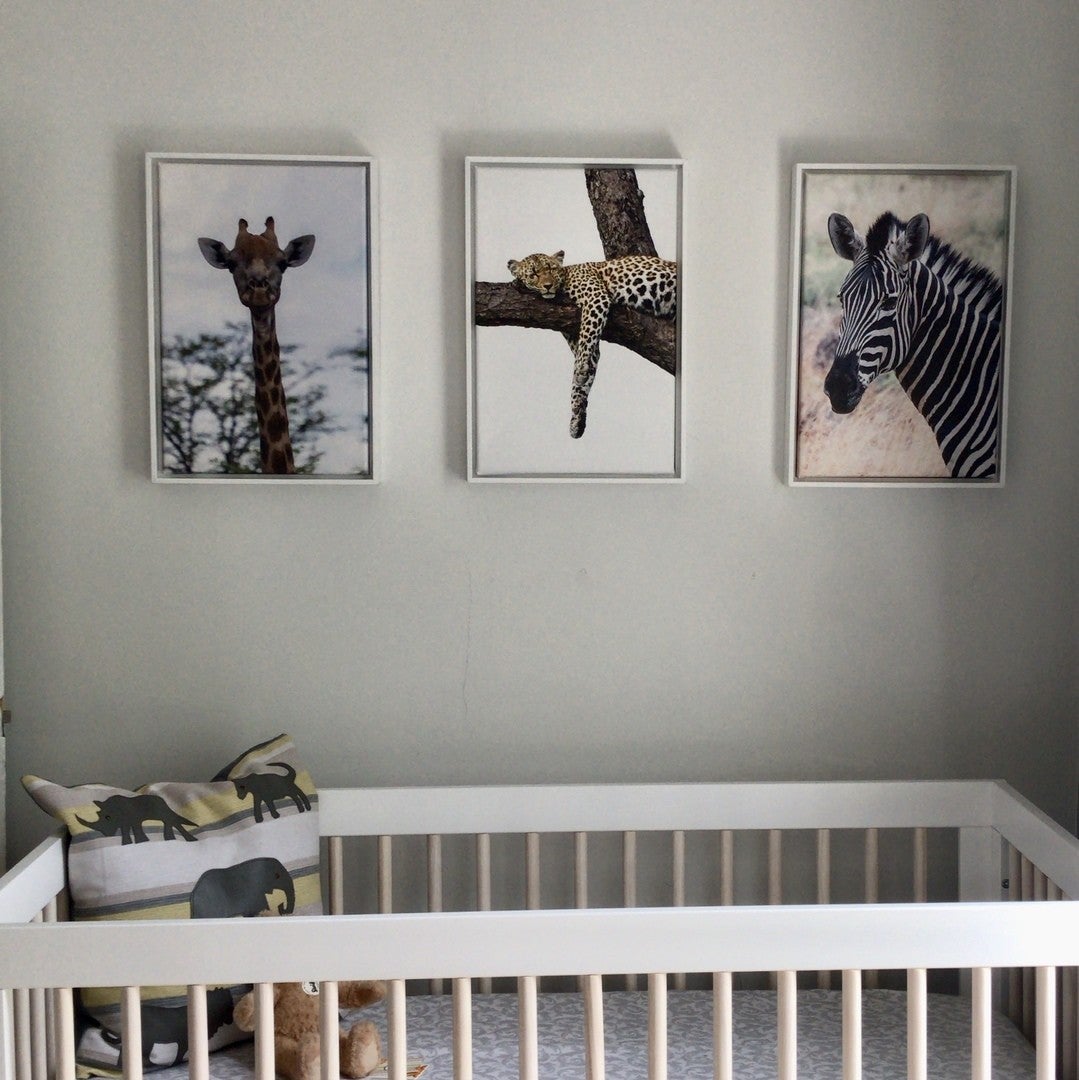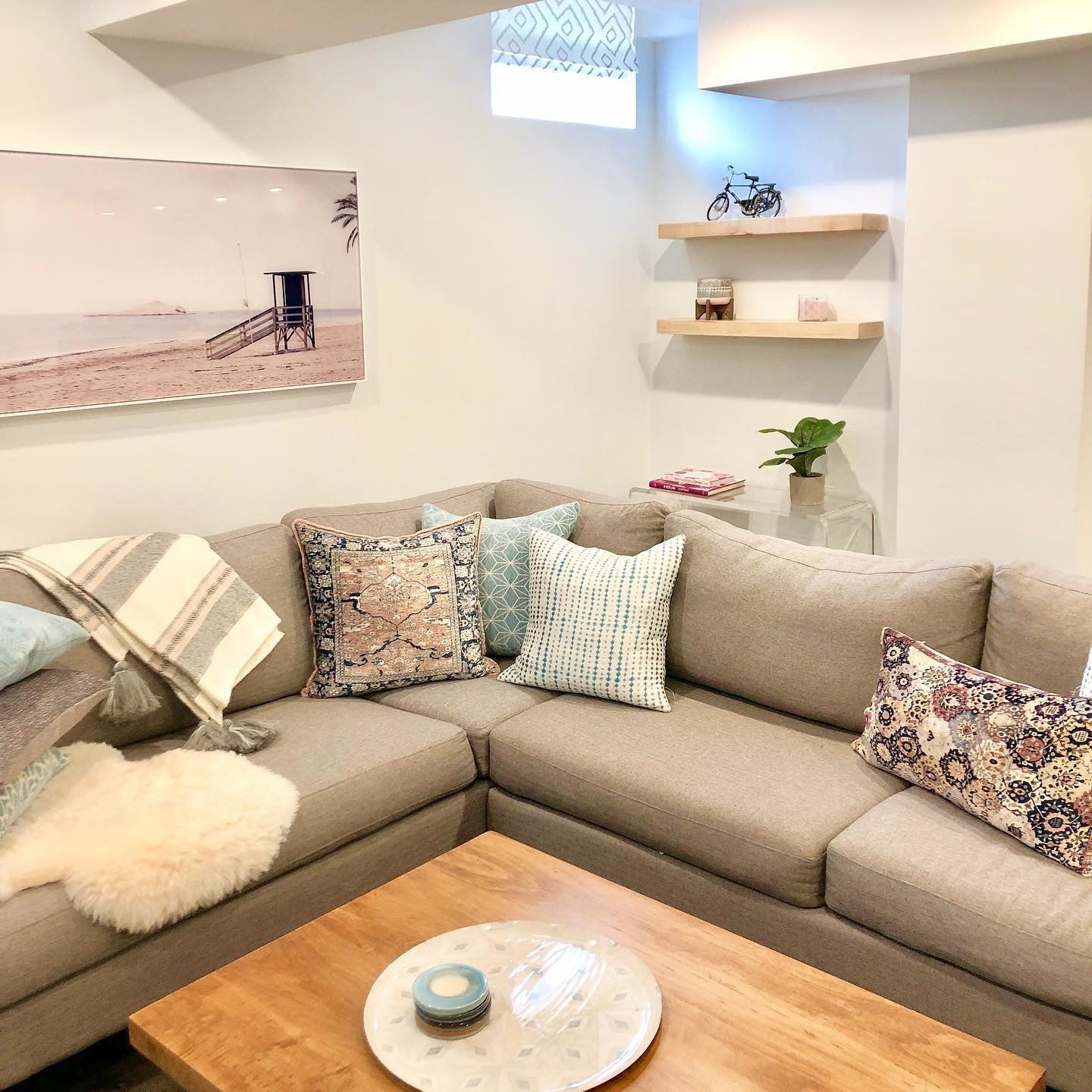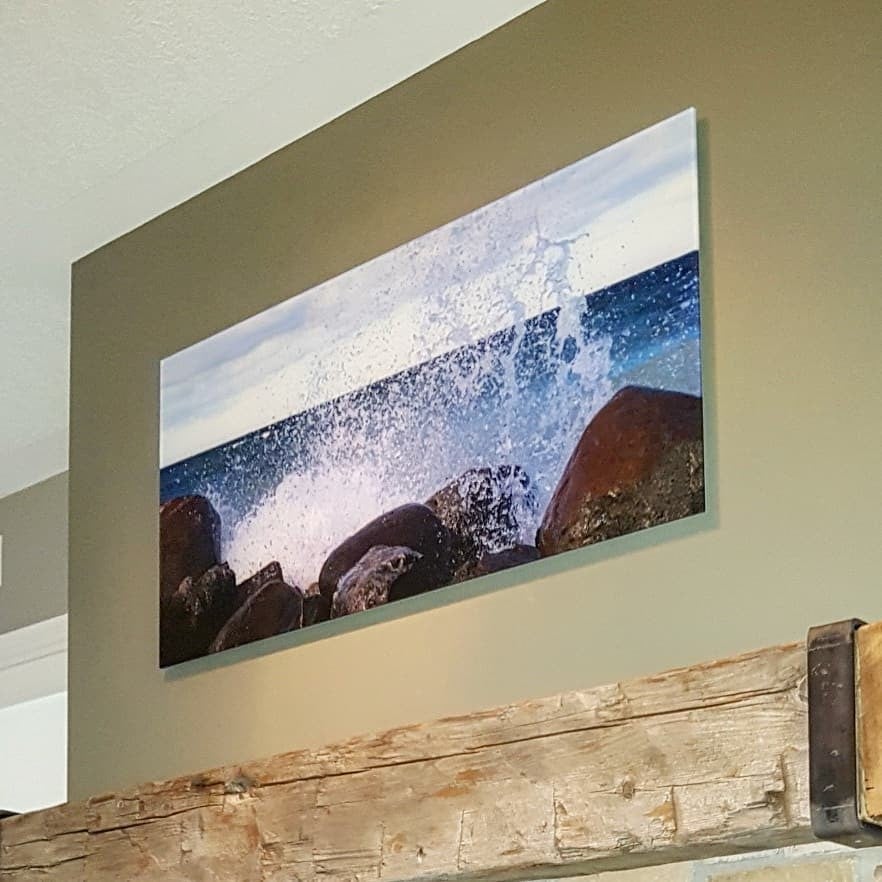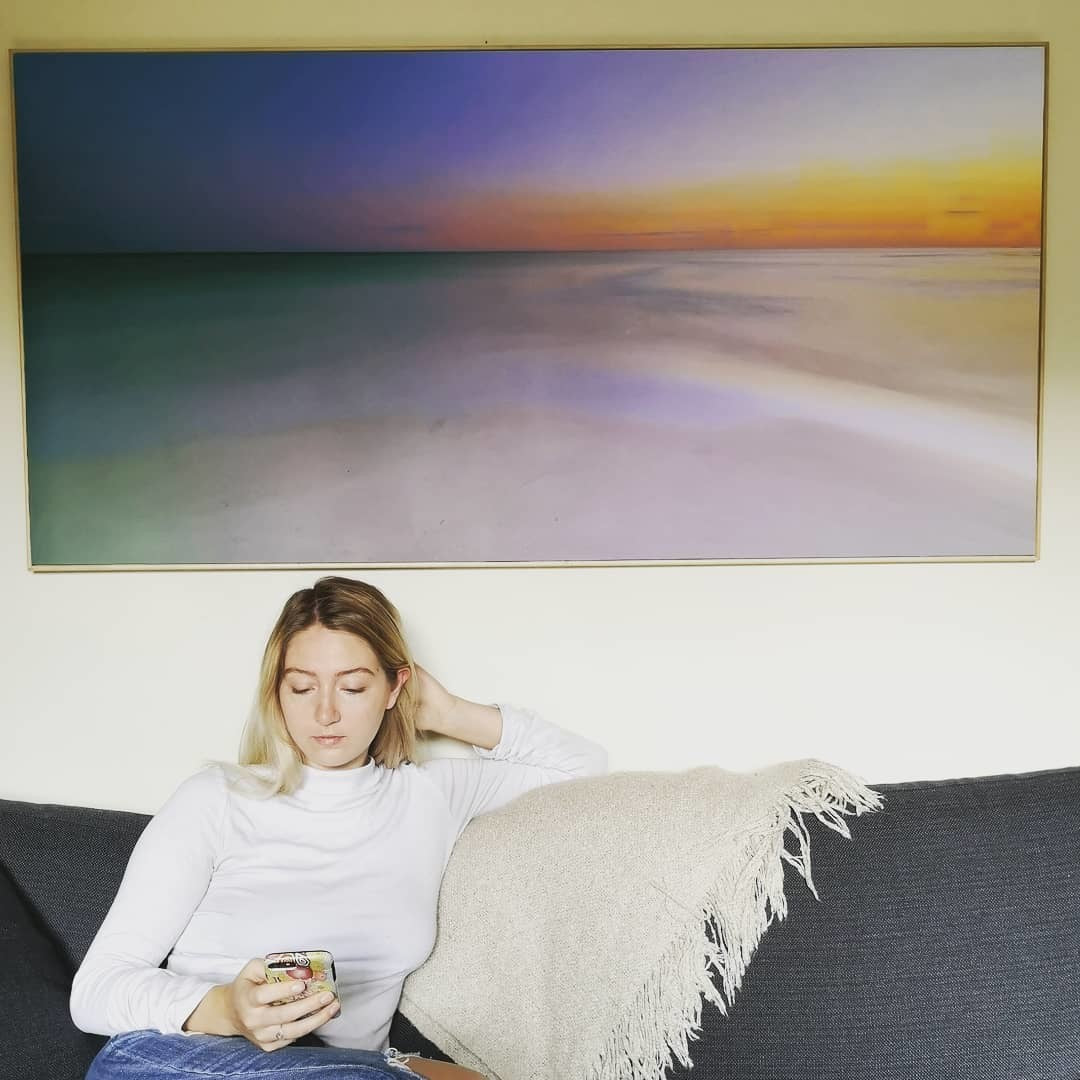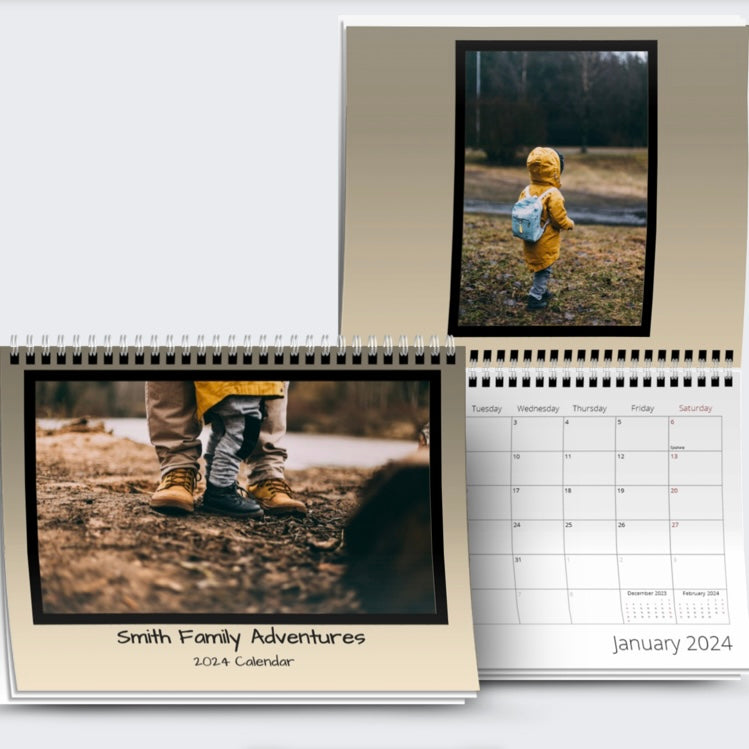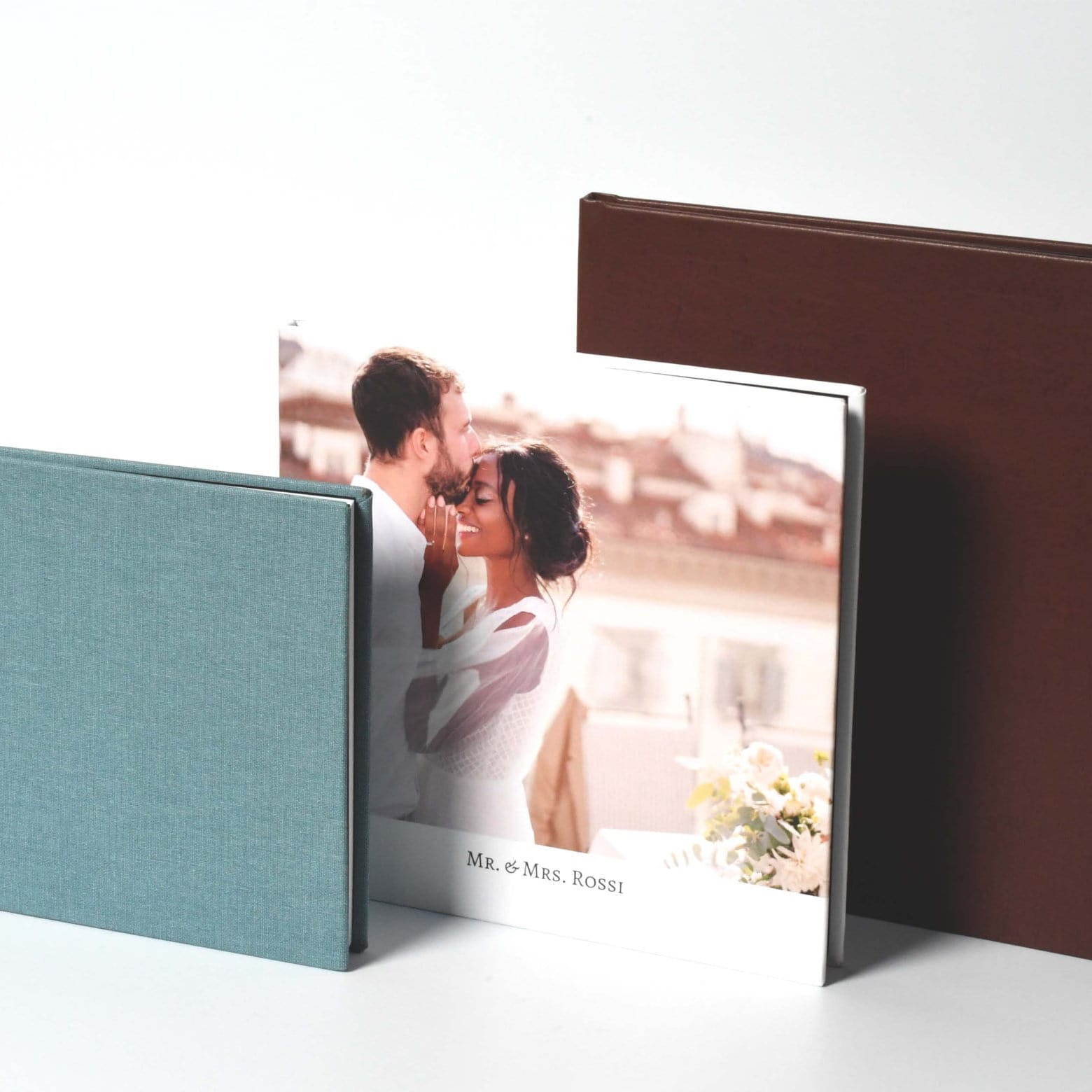
Vous avez probablement entendu parler de photos et de tirages appelés orientation portrait ou paysage.
Mais qu’est-ce que cela signifie exactement ? Quand faut-il opter pour une orientation plutôt qu’une autre ? De plus, en matière d'impression, comment pouvez-vous vous assurer que votre photo portrait n'apparaît pas de manière inattendue en mode paysage ?
Dans cet article, nous partagerons des détails sur les orientations portrait et paysage, les différences entre les deux, quand utiliser chacun d’eux pour votre photographie et comment imprimer des photos dans l’une ou l’autre de ces orientations sur Posterjack.
Commençons...
Qu’est-ce que l’orientation portrait ?

L'orientation portrait consiste à composer une photo de manière à ce qu'elle soit plus haute que large. Les images capturées en orientation portrait sont parfois appelées photos verticales.
Cet alignement vertical est également associé aux photographies d’individus car le corps humain, debout ou assis, s’adapte naturellement à ce format vertical. Cependant, le terme « portrait » dans ce contexte ne se rapporte pas exclusivement aux images de personnes.
N'importe quel sujet, qu'il s'agisse d'un grand bâtiment, d'une cascade ou d'une seule fleur haute, peut être capturé en orientation portrait s'il met l'accent sur la hauteur ou les éléments verticaux du sujet.
L'orientation portrait consiste souvent à se concentrer sur des détails spécifiques, à créer une ambiance intime ou à souligner la stature ou l'importance du sujet. Par exemple, une photo d'un arbre imposant capturée en portrait peut accentuer sa grandeur, tandis qu'un gros plan d'une personne peut faire ressortir les émotions ou les traits plus fins de son visage.
Qu’est-ce que l’orientation paysage ?

L’orientation paysage fait référence à une image ou à une impression plus large que haute. Les photos capturées dans ce format sont également appelées photos horizontales.
Cette orientation est couramment utilisée pour présenter de vastes scènes ou des perspectives plus larges. Par exemple, lorsque vous pensez aux paysages, vous pouvez imaginer des vues panoramiques, de vastes horizons ou une plage sereine s’étendant à perte de vue. Tous ces éléments sont mieux capturés en utilisant l’orientation paysage.
Cependant, tout comme le terme « portrait » ne s’applique pas uniquement aux photos de personnes, le terme « paysage » ne concerne pas uniquement les scènes de nature. Une large rue de la ville, un groupe de personnes rassemblées lors d'un événement ou même une photo panoramique d'une pièce peuvent être capturées en orientation paysage, soulignant l'ampleur et le contexte de la scène.
Le choix de l'orientation paysage permet souvent aux photographes d'offrir une vue plus large de leur sujet, capturant non seulement le point principal mais également son environnement. Il offre une impression d’échelle et d’immensité.
Par exemple, une chaîne de montagnes lointaine peut être mise en valeur pour montrer son étendue, ou un groupe de personnes peut être présenté pour mettre en valeur le cadre dans lequel ils se trouvent.
N'ayez pas peur de prendre des photos de personnes en orientation paysage. En suivant la règle des tiers , vous pouvez positionner votre sujet de manière à ce que l'image comprenne un espace négatif et ajoute même un peu de contexte à la photo.
Une autre raison pour laquelle vous pourriez envisager de capturer des photos au format paysage horizontal est qu'elles seront plus faciles à recadrer pour l'impression, si nécessaire.

Différences entre la photographie de portrait et la photographie de paysage
Bien que les orientations portrait et paysage concernent principalement la forme et l’alignement du cadre, elles ont souvent des applications et des implications distinctes en photographie.
Voici quelques différences entre la prise de vue de portraits et de paysages :
Orientation et Cadre :
- Portrait : Alignement vertical, plus haut que large. Souvent appelées photos verticales.
- Paysage : Alignement horizontal, plus large que haut. Fréquemment appelées photos horizontales.
Matières communes :
- Portrait : sans s'y limiter, il inclut souvent des individus, des sujets de grande taille ou des sujets ayant une proéminence verticale.
- Paysage : scènes généralement vastes comme des horizons, des plages ou des paysages urbains. Il peut également couvrir des sujets ou des groupes plus larges.
- Portrait : Accentue la taille, la stature ou des détails spécifiques. Il est utilisé pour créer un cadre intime ou mettre en valeur la proéminence du sujet.
- Paysage : capture l'étendue et le contexte. Il met en valeur l’étendue d’une scène et peut offrir une perspective plus large.
- Portrait : Compte tenu du cadre vertical, le haut et le bas de la photo deviennent essentiels pour guider le regard du spectateur. Il est également plus susceptible d'avoir une profondeur qui permet de faire ressortir les sujets sur l'arrière-plan.
- Paysage : La largeur permet d'inclure plus d'éléments dans une scène. Cela peut conduire à des compositions plus complexes, utilisant souvent des techniques telles que la règle des tiers pour guider l'engagement du spectateur.
- Portrait : Compte tenu de leur proximité et de leur concentration sur des détails spécifiques, les photos de portrait semblent souvent personnelles et intimes.
- Paysage : ces images ont tendance à évoquer des sentiments de grandeur, d'immensité ou d'émerveillement, étant donné les scènes larges et expansive qu'elles représentent souvent.
Impression portrait ou paysage
Maintenant que vous comprenez mieux les différences entre l’orientation des photos portrait et paysage, voyons comment elles se comparent lors de l’impression.
Tout comme en photographie, l’impression portrait et paysage fait simplement référence à l’orientation dans laquelle l’impression sera créée et affichée.
Mais est-ce 16"x24" ou 24"x16" ?
Que vous recherchiez une impression portrait ou paysage, les dimensions de l'impression auront toujours la plus petite taille indiquée en premier.
Ainsi, par exemple, vous choisirez 16"x24" pour une image portrait ou paysage. Lorsque vous téléchargez votre photo sur le site Web Posterjack, notre système reconnaîtra automatiquement l'orientation de la photo.
Vous recevrez alors un aperçu de ce à quoi ressemblera votre impression et aurez la possibilité de recadrer ou de faire pivoter l'orientation de la photo pour qu'elle soit exactement comme vous le souhaitez.
Impressions portrait et paysage exposées
Nous adorons voir vos tirages Posterjack exposés ! Nous vous laisserons avec quelques exemples que certains de nos formidables clients ont partagés.
Si vous souhaitez avoir la chance de voir vos œuvres photographiques présentées sur notre site Web ou sur nos comptes de réseaux sociaux, n'hésitez pas à les partager sur Instagram, Facebook ou Twitter et à identifier @posterjack afin que nous puissions les consulter ! (Vous pouvez faire défiler vers le bas de cette page et cliquer sur l'un des boutons des réseaux sociaux pour accéder directement à nos pages.)
Connexes : Du téléchargement à l’affichage : impression de téléchargements numériques Etsy
